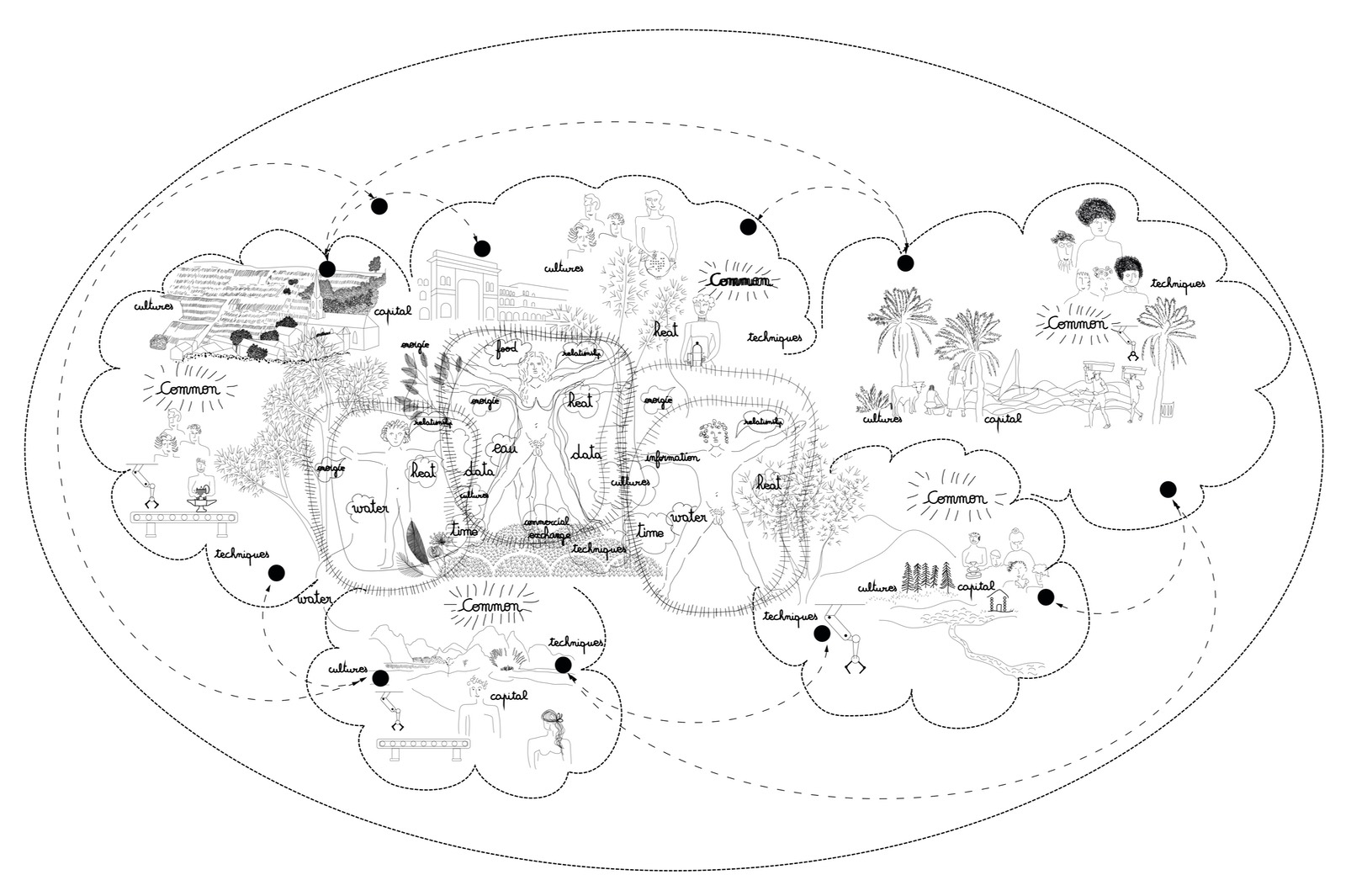From Global Tools to Design 3.0
Downloads
DOI:
10.31182/cubic.2020.3.026Keywords:
global tools, creative commons, social solidarity economyAbstract
This article reflects the design community’s interest in Global Tools, a 1970’s radical movement in architecture and design, born in Italy and corresponding to a shift from design considered as a practice to a cultural movement that is able to propose new paradigms. Activists involved in making, such as Victor Papanek (1973), in a post-nuclear culture in The Whole Earth Catalog (1971), and by several actors in Aspen, Colorado in 1971, precipitated this movement to the design community. The movement questions the impact of a mass production and consumption model generating an economic, social, and environmental crisis. Global Tools initiated as a school by Ettore Sottsass and Andrea Branzi, questioning the role of the industry as part of a paradigm in which the issue was not how designers could contribute to industry, but how industry could contribute to society. In this article conceived as an interview, the research activity of institut supérieur des arts de Toulouse (isdaT) reveals a manifesto towards making in a social economic and milieutechnology new paradigm, with polemic and conceptual relationships to both Global Tools and Design 3.0.
How to Cite
Published
Issue
Section
References
Alessi, Chiara. 2016. Design Sanza designer. Bari: Laterza.
Authier, Jean Yves. Collet, Anais. Giraud, Colin. Riviere, Jean. Tissot, Sylvie. 2018. Les Bobos n’existent Pas. Lyon: PUL.
Benjamin, Walter. 1920. 'Begriff der Kunstkritik in der deutschen Romantik', Berne: Verlag A. Francke, in Jameson, Frederic. 2011. Le Postmodernisme ou la Logique Culturelle du Capitalisme Tardif. Paris, France: Ed. Beaux-arts de Paris, 16.
Branzi, Andrea. La Casa Calda. 1984. Milan: Idea Books.
Branzi, Andrea. Radical Notes, Design et Culture Minoritaire. 1975, n°22. Casabella n°401.
Bruyère, Mireille. Bruyère, Nathalie. Duffau Pierre. 2012. Faire de l’Architecture et du Design dans une Société́ du Partage. Digital auto-edition. Manifesto of Ultra Ordinaire.
Cornu, Marie. Orsi Fabienne. Rochfekd, Judith. 2017. Dictionnaire des Biens Communs. Mayenne : Puf.
Dardot, Pierre. Laval, Christian. 2014. Commun, Essai sur la Révolution au XXIe Siècle. Paris: La découverte.
Foster, Hal. 2002, Design and Crime: And Other Diatribes. New York: Verso.
Geel, Catherine. 2014. Ecrits (architecture, design et projet) Alessandro Mendini. Paris: Ed. les presses du réel.
Jameson, Frederic. 2011. Le Postmodernisme ou la Logique Culturelle du Capitalisme Tardif. Paris: Ed. Beaux-arts de Paris.
Ostrom, Elinor. 2010. Governing the Commos: the Evolution of Institions for Collective Action. Cambridge: Cambridge University Press.
Papanek, Victor. 1973. Design for the Real World: Human Ecology and Social Change. New York, USA: Bantam.
Petit, Victor. 2018. "Perspectives sur le design. Métier, enseignement, recherche." http://www.costech.utc.fr/CahiersCOSTECH/spip.php?article26#principe-indisciplinephilosophie-lieu-12
The Last Whole Earth Catalog: Access to Tools, 1971. London: Random House.


